We use cookies to make your experience better.
To comply with the new e-Privacy directive, we need to ask for your consent to set the cookies. Learn more.
To comply with the new e-Privacy directive, we need to ask for your consent to set the cookies. Learn more.

February is National Heart Month. We can all do our part in keeping our hearts healthy, from watching our diet, keeping active and being knowledgable of family history of heart disease and conditions.
In the UK around 100,000 hospital admissions each year are due to heart attacks; that's 290 admissions each day or one every five minutes. In the 1960s more than seven out of ten heart attacks in the UK were fatal. Today more than seven out of ten people survive.
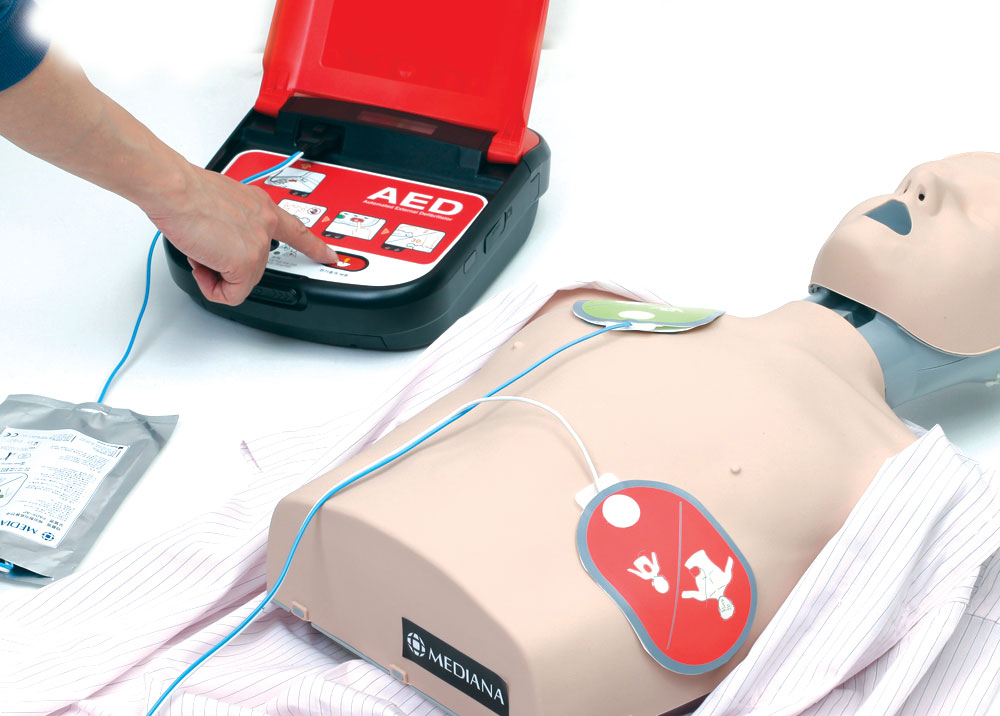
The advances in emergency heart medicine means heart attacks can be treated in situ and in those occasions, having an AED (automated external defibrillation) heart defibrillator on site can make all the difference. Unlike regular defibrillators, an AED requires minimal training to be used (or even no training). That is possible because all AEDs approved for use in many countries use an electronic voice to prompt users through each step. Many AEDs now include visual prompts in case of a hearing impaired user. Most units are designed for use by non-medical operators. Their ease of use has given rise to the notion of public access defibrillation
We're proud of our Northern Ireland heritage here in John Preston and we share our NI pride that the pioneer of AED heart defibrillation, Professor Frank Pantridge, was from our home town of Lisburn. Prof. Pantridge was physician, cardiologist, and professor who transformed emergency medicine and paramedic services with the invention of the portable defibrillator. By 1957 Pantridge and his colleague, Dr John Geddes, had introduced the modern system of cardiopulmonary resuscitation (CPR) for the early treatment of cardiac arrest. Further study led Frank Pantridge to the realization that many deaths resulted from ventricular fibrillation which needed to be treated before the patient was admitted to hospital. This led to his introduction of the mobile coronary care unit (MCCU), an ambulance with specialist equipment and staff to provide pre-hospital care.
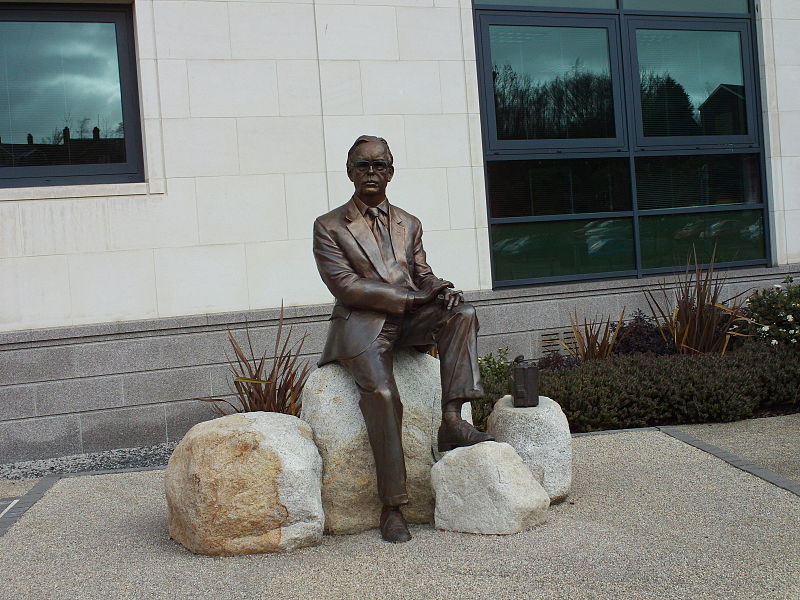
Pantridge went on to develop the portable defibrillator, and in 1965 installed his first version in a Belfast ambulance. It weighed 70 kg and operated from car batteries, but by 1968 he had designed an instrument weighing only 3 kg, incorporating a miniature capacitor manufactured for NASA. The portable defibrillator became recognised as a key tool in first aid, and Pantridge's refinement of the automated external defibrillator (AED) allowed it to be used safely by members of the public.
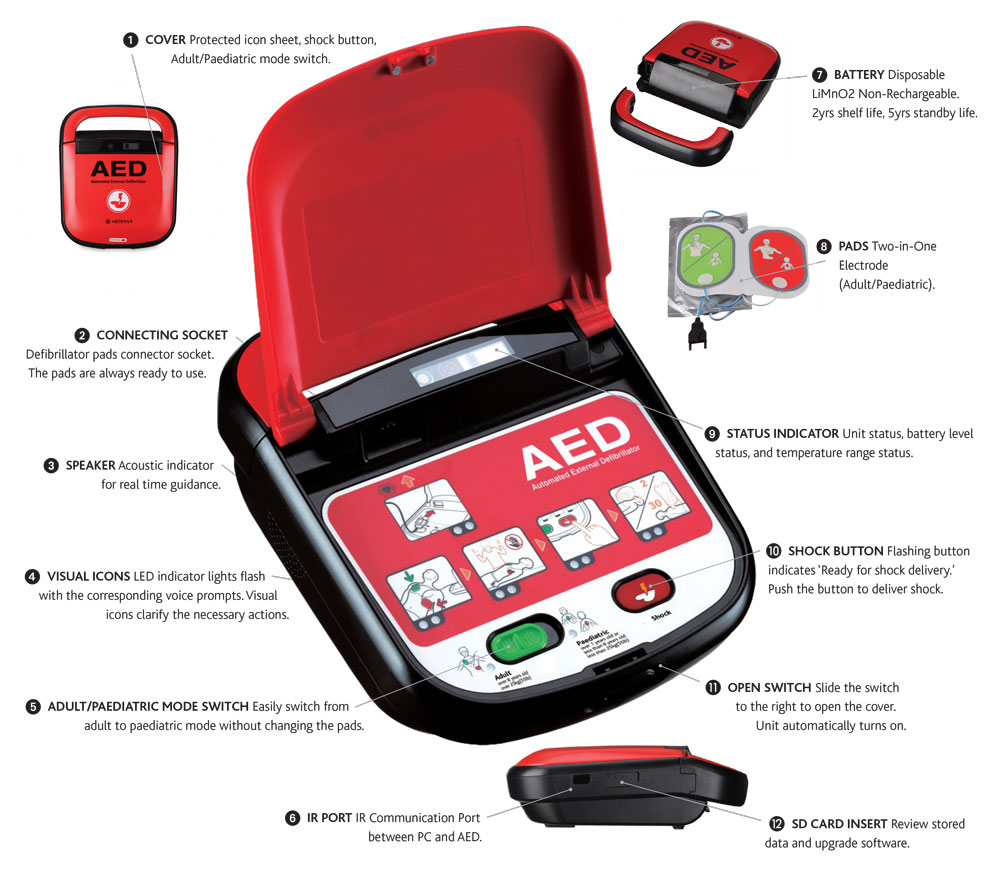
AED's come in 2 standard styles, automatic and semi automatic. The automatic version will deliver a shock without human intervention and can be used by untrained members of the public. A semi-automatic AED is for use by trained personnel, or first responders, and only shocks when the user presses the shock control. AED's often come with spoken voice instructions and operational visual guides to assist in CPR, chekcing for vital signs and the placement of the pads etc so untrained users can operate the equipment.

AEDs can be found in many public places such as leisure facilities, offices, shopping centres and outdoor parks and gardens and it's a legal requirement since academic year ending 2022/2023 for schools to have at least 1 AED on premise.
We have a range of AED equipment available, along with replacement consumable parts and secure lockable cabinets when used in public spaces. We offer both automatic and semi automatic versions, the automatic versions are ideal for sports clubs, retail or warehouse spaces, public buildings and workspaces with a larger number of employees.
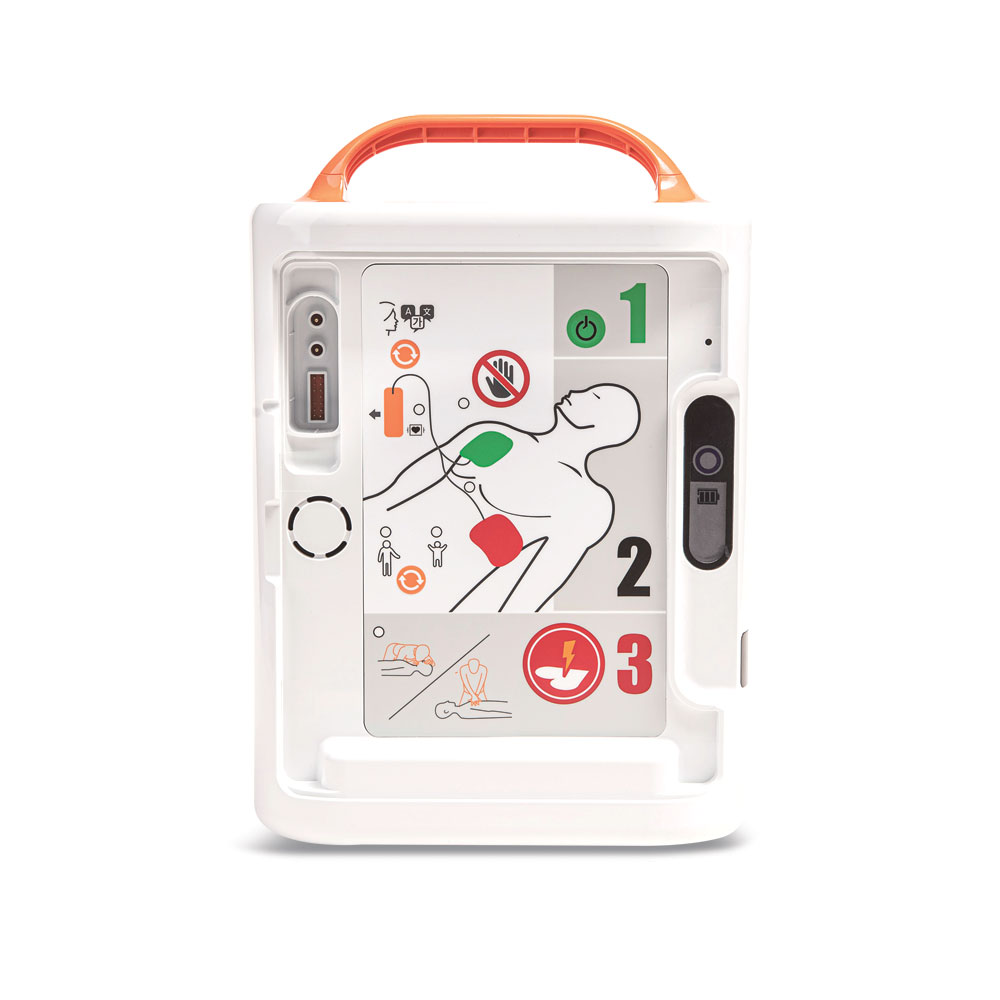
Contact us for more information and follow us on social media for more heart focused posts coming this month.
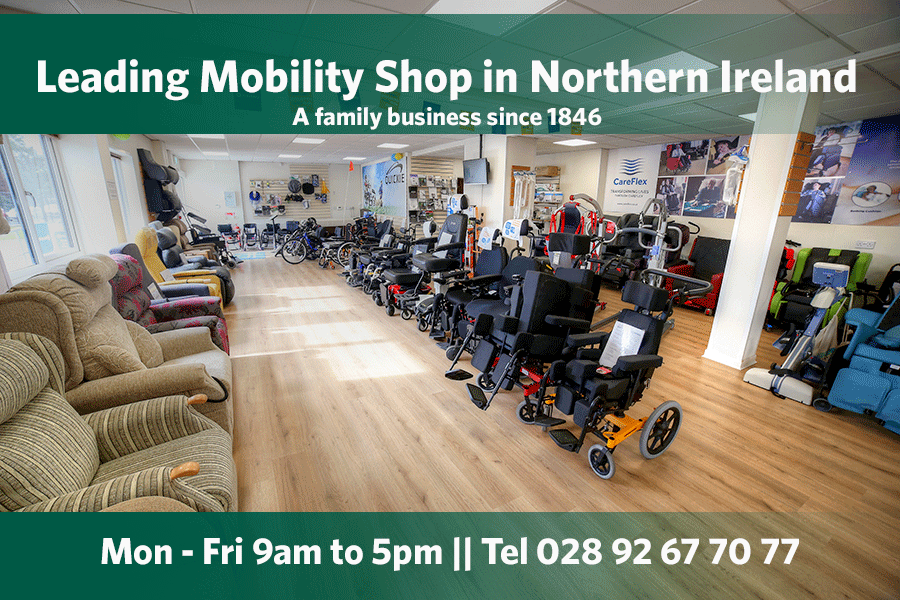

Vehicle First Aid Kits are covered by British Standard BS8599-2 and if you carry passengers commercially in your vehicle you are required to carry a suitable First Aid Kit. Three sizes of Motorist...

First Aid Room equipment and supplies are available from us with delivery available throughout the UK and Ireland. We carry everything you need to either set up your first aid room or to resupp...

Heart defibrillator cabinets for indoor / outdoor use - New range from Defib Store We are a leading supplier of Heart Defibrillators in Northern Ireland, Ireland and throughout the UK. Ideal for spor...

Heart defibrillators for schools are supplied by John Preston Healthcare Lisburn. Sudden cardiac arrest can occur in all ages including children and young adults and unfortunately many communities...

Heart Defibrillator's in Northern Ireland are supplied by John Preston Healthcare Group in Lisburn with free delivery throughout the UK and Ireland. We are a registered NHS supplier and have been a f...

Blood pressure is a measure of the force that your heart uses to pump blood around your body. How is blood pressure measured? Blood pressure is measured in millimetres of mercury (mmHg) and...

 EUR (€)
EUR (€)